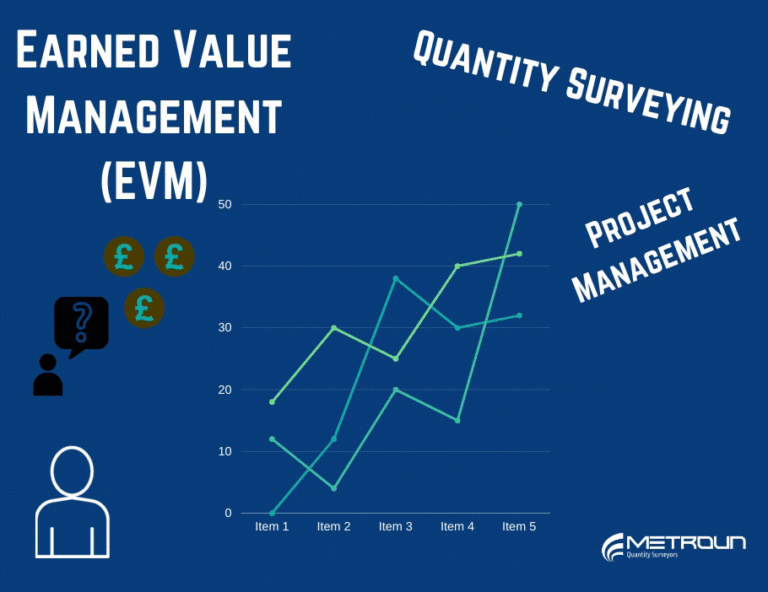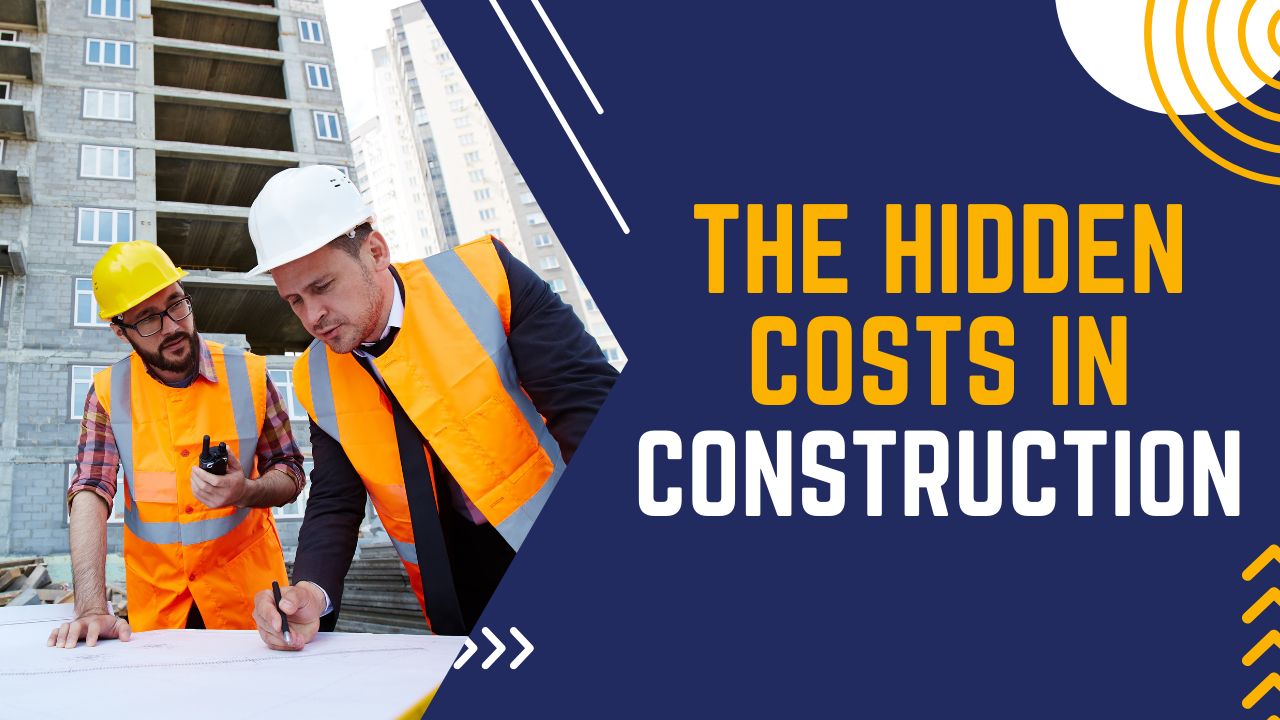When it comes to managing projects effectively, one question sits at the heart of it all:
Have we got to where we want to be at this moment in time?
That’s exactly what Earned Value Management (EVM) helps answer. It’s a performance measurement technique that allows project managers and quantity surveyors to monitor progress by asking three crucial questions:
- Is the project within budget?
- How much of the project has been completed so far?
- Is the project on schedule?
The Three Key Metrics of Earned Value Management
To evaluate progress, EVM compares three core figures at specific points in time:
Earned Value (EV): The value of the work actually completed, expressed in terms of the budget and schedule.
Planned Value (PV): The cost you expected to have spent by now.
Actual Cost (AC): The real cost incurred to date.
Example: A Landscaping Project
Let’s look at an example. Imagine you’re tracking a garden landscaping project. By week 4, the values look like this:
- Planned Value (PV): £7,000
- Actual Cost (AC): £5,000
- Earned Value (EV): £3,500
With these figures, we can assess performance through variances:
- Cost Variance (CV): EV – AC = £3,500 – £5,000 = –£1,500 (meaning £1,500 over budget).
- Schedule Variance (SV): EV – PV = £3,500 – £7,000 = –£3,500 (meaning 50% behind schedule).

Ratios for Clearer Insight
Instead of percentages, EVM can also express progress as indices—ratios that give a quick snapshot of performance:
- Cost Performance Index (CPI): EV ÷ AC = 0.7
- Schedule Performance Index (SPI): EV ÷ PV = 0.5
In simple terms:
- A value of 1.0 means you’re exactly on track.
- Greater than 1.0 = better than planned.
- Less than 1.0 = worse than planned.
For our garden project, both CPI (0.7) and SPI (0.5) confirm that the project is over budget and behind schedule.
Going Deeper: The Schedule Cost Index (SCI)
While CPI and SPI are useful on their own, the Schedule Cost Index (SCI) combines both into one measure. This gives a more rounded view of project performance, reflecting the reality that cost and schedule rarely operate in isolation.
Why Use Earned Value Management?
When used consistently with accurate data, Earned Value Management is one of the most powerful tools for controlling both budget and programme. For project managers and quantity surveyors, it’s an essential technique to:
- Spot problems early.
- Quantify the severity of delays or overspends.
- Support better decision-making to bring a project back on track.
So, whether you’re building your dream garden or delivering a multi-million-pound infrastructure project, EVM can help keep you grounded in the numbers—and the reality of progress.
For a more visual explanation of how EVM works, check out our video below!











